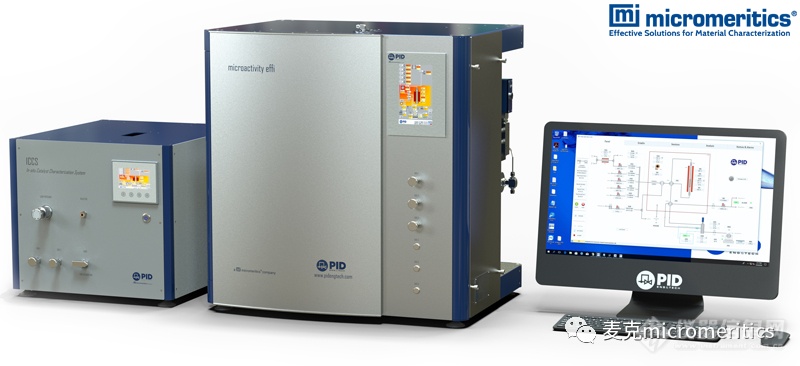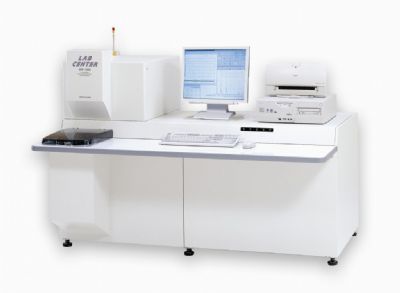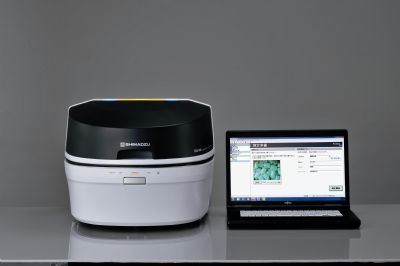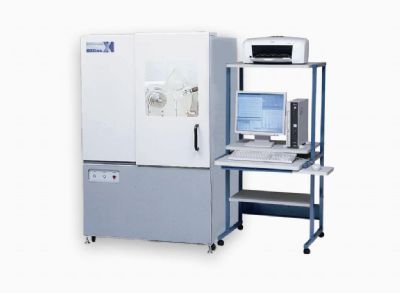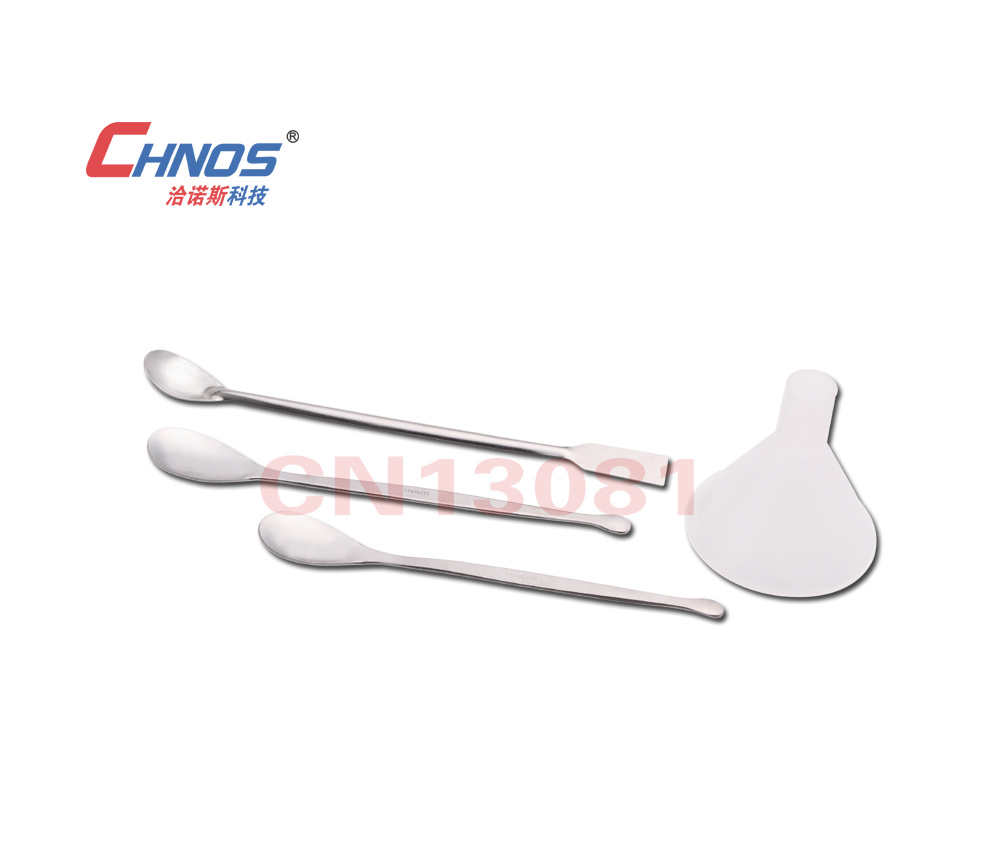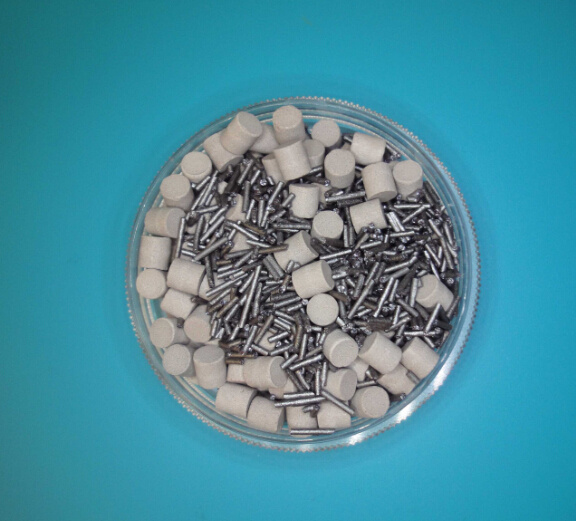英飞思科学Compass200-便携式催化剂光谱分析仪Compass200主要应用于催化剂的研发、质量控制和生产现场的现场监测等领域,可以对催化剂中的各种有机物、无机物和水分子等组分进行分析,实现对反应物和反应产物的实时监测,为反应工程的优化提供科学依据。随身携带的便携式元素分析仪具有快速、简单的报告和证书生成的无损元素分析坚固的工业设计,适用于几乎任何天气条件、现场环境实时、精确的土壤和矿物质现场元素分析背景介绍在具有潜在铅污染的住宅区收集的土壤样品通常使用火焰原子吸收光谱法 (FAAS) 或其他实验室方法进行分析。以前的工作表明,现场便携式 X 射线荧光 (XRF) 分析能够检测土壤铅含量,与 FAAS 在实验室中筛选到小于 125 μm 的样品中检测到的含量相当。如果可以开发一种不需要实验室消解和分析的实用现场方法,将会节省大量的经济和实验室报告时间。 XRF 方法还将提供即时结果,与传统实验室方法相比,这将有助于更快地向居民和其他相关方提供信息在风险表征、评估和管理中,通常需要现场便携式方法来快速确定环境样品中的金属浓度。示例用于确定:土壤污染的“热点”、擦拭灰尘的铅含量是否符合住房入住标准以及工人呼吸防护等级。 30 多年来,便携式 X 射线荧光 (XRF) 分析仪一直可用于原位无损测量涂料中的铅。最近的进展使其可用于分析空气中的灰尘过滤器样品、土壤和灰尘擦拭物XRF 方法可以通过最少的样品制备对土壤进行有效的定量元素分析。特征:最少的样品制备:非常适合原位测试快速定性和定量分析与其他分析技术(ICP、WDXRF)相比,获取成本更低多功能解决方案:许多系统以最高的精度执行各种地质测试可实现微量元素分析先进的数据管理系统,具有灵活的多种数据传输方式,包括USB线连接、存储卡、Wi-Fi和蓝牙。Compass 200能量色散X射线荧光(EDXRF)光谱仪实现了快速、准确分析土壤中的有害金属元素Pb(铅),As(砷),Cd(镉),Hg(汞),Cu(铜),Ni(镍),Zn(锌),Cr(铬)等,能够实时现场对厂区、矿区、重工业区周边的环境进行监测,从而进行控制排放和污染治理。Compass 200光谱仪能同时检测钛、钒、铬、锰、铁、钴、镍、铜、锌、锆、铌、钼、钯、银、铟、锡、锑、钨 、铂、金、铅、 铋、硫等元素,基本涵盖了土壤样品测试的无机元素项目,并且可以根据客户需求进行定制再增加元素。操作人员可以直接用Compass 200来分析现场的土壤样品,可通过采样,以袋装样品或者装入仪器标配的样品杯进行测试,在短时间内就可以取得和实验室同样的分析效果。特点和优势&bull 便携,坚固,紧凑的设计,轻松实现现场高精度样品无损检测&bull 友好的软件界面和一键式启动测试&bull 常规分析培训只需几分钟&bull 大型8英寸触摸屏上显示的直观界面&bull 可选配大容量电池,无需外部供电情况下可实现长时间工作技术参数探测器高分辨率SDD检测器激发源4瓦微型一体化光管50kv Max,200uA Max工作温度-20 to 50 °C测量时间30-200秒(用户可自定义测试时间)样品类型液体,固体和粉末仪器校准开机自动校准元素分析范围Mg12-U92镁到铀可分析含量范围1ppm- 99.99%标定曲线环境土壤仪器尺寸270mm*320mm*230mm(长*宽*高)仪器重量9.4kg显示屏(分辨率1280*800)8英寸 Win10操作系统数据传输USB Port, 蓝牙, Wi-Fi, GPS安全防护辐射指示灯内置射线保护装置(自动切断)软件警示报告格式Excel, PDF配件及耗材样品杯测试薄膜土壤专用测试杯取样勺测试窗口专用薄膜可选配件电池:连续工作八小时压片机干燥箱磨样机150目筛子我们提供全方位的技术支持,帮助您保持仪器正常运行我们的服务包括工厂工程师的现场安装和服务进行深入的培训和技术支持远程诊断通过互联网提供在线支持,以快速响应您的问题预防性维护确保分析仪长期稳定正常工作终身免费软件升级保证用户始终使用最新版本程序耗材和配件从样品制备到校准标样什么是 XRF能量色散荧光光谱仪?X 射线荧光光谱使用高能光子(X 射线)轰击原子并激发围绕原子运行的电子。其中一些光子有足够的能量射出一个与原子核结合的电子。当内轨道电子从原子中射出,来自更高能量轨道的电子将转移到低能轨道。在这个转变过程中,光子(X 射线)可能从原子发射。这个过程被称为荧光,发射的 X 射线从原子将是该特定元素的特征。能量(因此光子的波长)将是电子的两个轨道之间的差异进行过渡。由于两个特定轨道之间的能量差异,在一个给定的元素,总是相同的,那么从特定元素发出的光子(X 射线)元素将始终具有相同的能量。Compass200-Porable XRF Soil AnalyzerSimply theBest Your Portable Element Analyzer that goes anywhereNon-destructiveelement analysis with fast, simple reporting and certificate generationRobust industrial design for nearly any weather condition, field environment Real-time and precise on-site element analysis in soils and mineralsBackground and IntroductionSoil samples collected in housing areas with potential lead contamination generally are analyzed with flame atomic absorption spectrometry (FAAS) or other laboratory methods. Previous work indicates that field-portable X-ray fluorescence (XRF) analysis is capable of detecting soil lead levels comparable to those detected by FAAS in samples sieved to less than 125 μm in a laboratory. A considerable savings, both economical and in laboratory reporting time, would occur if a practical field method could be developed that does not require laboratory digestion and analysis. The XRF method also would provide immediate results that would facilitate the provision of information to residents and other interested parties more quickly than is possible with conventional laboratory methodsField portable methods are often needed in risk characterization, assessment and management to rapidly determine metal concentrations in environmental samples. Examples are for determining: "hot spots" of soil contamination, whether dust wipe lead levels meet housing occupancy standards, and worker respiratory protection levels. For over 30 years portable X-Ray Fluorescence (XRF) analyzers have been available for the in situ, non-destructive, measurement of lead in paint. Recent advances made possible their use for analysis of airborne dust filter samples, soil, and dust wipesThe XRF method makes it possible to perform efficient quantitative element analysis of soils with a minimum of sample preparationFeatures:Minimal Sample Preparation: great for in-situ testingFast Qualitative and Quantitative AnalysisLower Cost of Acquisition when compared to other analytic techniques (ICP, WDXRF)Versatile Solution: many systems perform a variety of geologic tests with top precisionTrace Elements Analysis is achievableAdvanced data management system with flexible multiple data transport methods including USB cable connection, storage card, Wi-Fi and Bluetooth.Extensive, Editable grade library for accurate alloy identificationTypical Applications:Soil Testing / Environmental Analysishazardous substance identification, EPA Method 6200Ore Analysis and Mining Applicationsprecious metal testing, rare earth analysisOxide Analysis in Geological SamplesMineral and Mineral Product ApplicationsWhat is XRF?X-ray fluorescence spectroscopy uses high energy photons (x-rays) to bombard an atomand excite electrons orbiting the atom. Some of these photons have sufficient energy toeject an electron which is bound to the nucleus of the atom. When an inner orbitalelectron is ejected from an atom, an electron from a higher energy orbital will betransferred to the lower energy orbital. During this transition, photons (x-rays) may beemitted from the atom. This process is known as fluorescence, and the x-rays emittedfrom the atom will be characteristic of that particular element. The energy (and thereforewavelength) of the photon will be the difference between the two orbitals of the electronmaking the transition. Because the energy difference between two specific orbitals, in agiven element, is always the same then the photon (x-ray) emitted from a particularelement will always have the same energy. Thus by measuring the energy of the photonsemitted, the XRF can determine the element that is emitting the photons, and theconcentration of element in the soil.
 留言咨询
留言咨询
 留言咨询
留言咨询
 留言咨询
留言咨询
 留言咨询
留言咨询
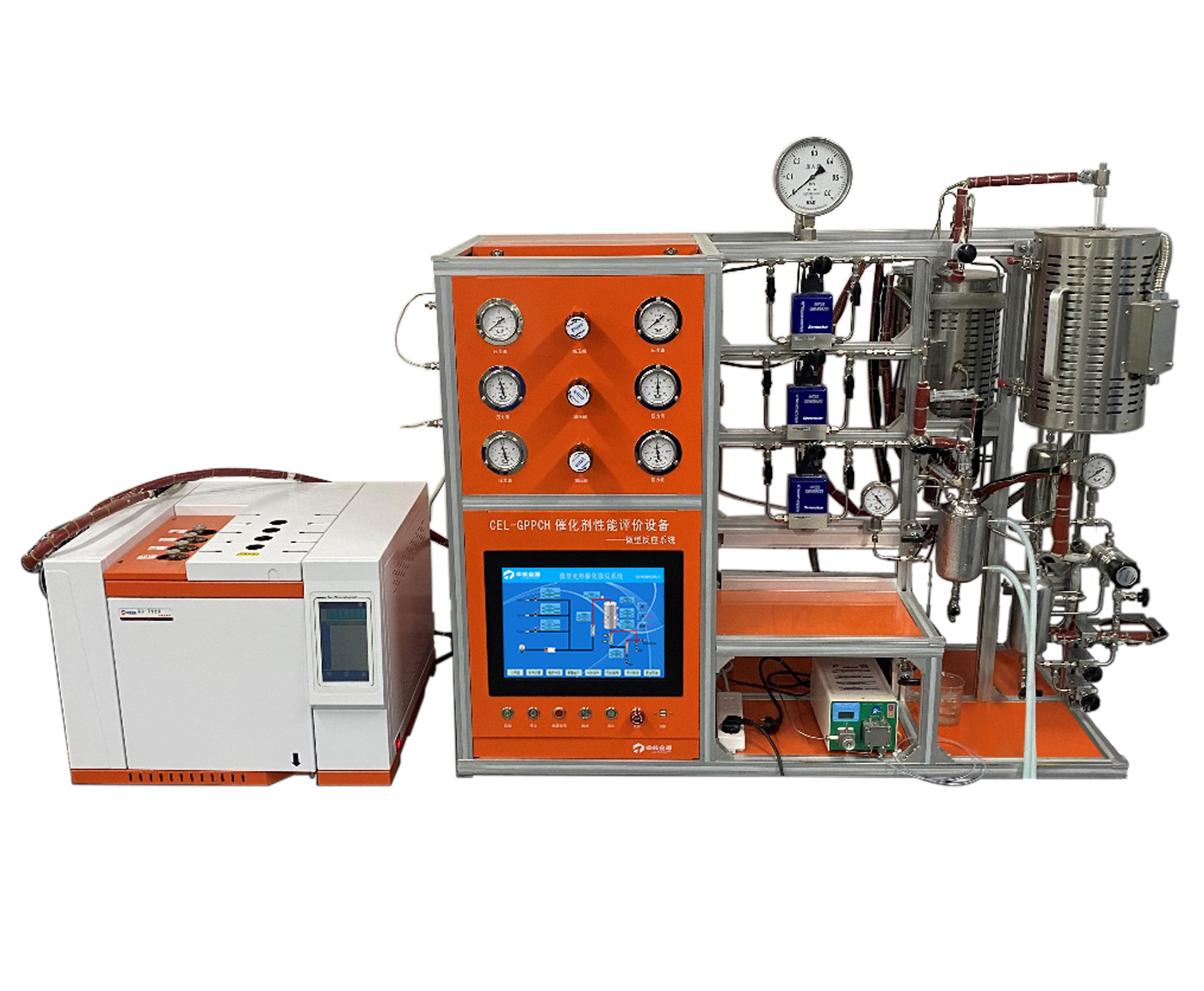
 400-860-5168转1988
400-860-5168转1988
 留言咨询
留言咨询
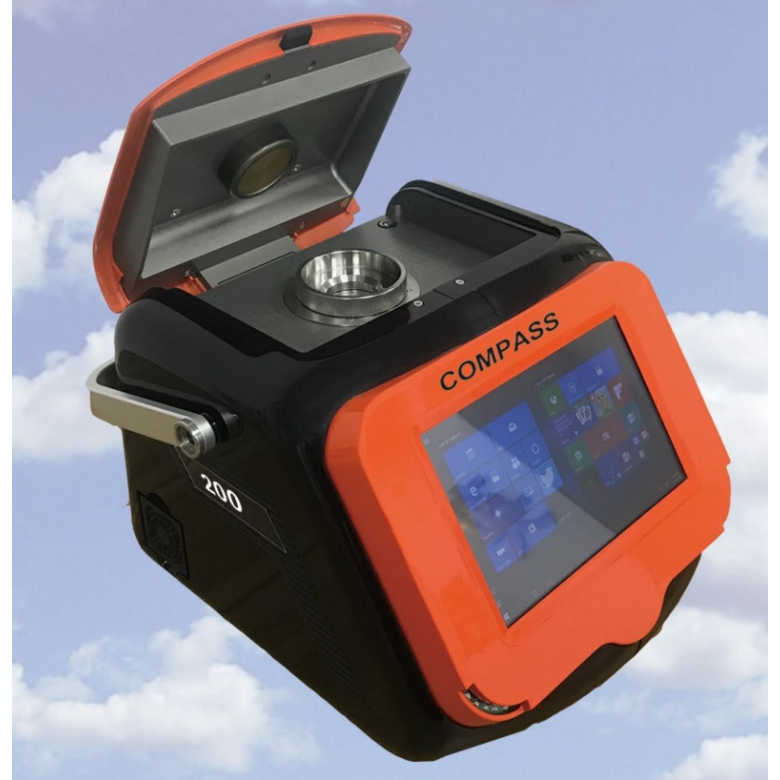
 400-860-5168转5890
400-860-5168转5890
 留言咨询
留言咨询
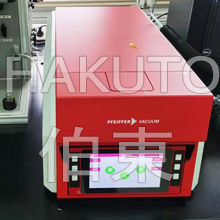
 400-860-5168转0727
400-860-5168转0727
 留言咨询
留言咨询

